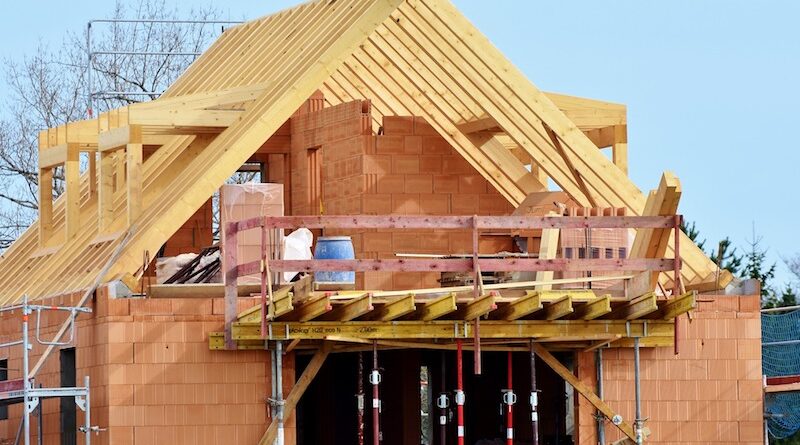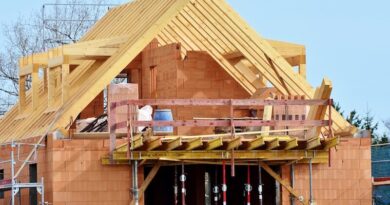Why Multifamily Development is so Boom and Bust
Building homes is an unpredictable industry. Over the past two decades, the U.S. housing market has experienced dramatic fluctuations. A significant construction surge from 2004 to 2006 was followed by a dramatic collapse that triggered a global economic downturn in 2008. The recovery was slow but gained momentum in the mid-2010s, leading to another boom during the pandemic years from 2020 to 2022. Now, with high interest rates persisting, that boom is turning into a downturn once again, with homebuilding—especially in the multifamily sector—falling sharply in 2024.
According to Greater Greater Washington, many asset type rises and falls in value during economic expansions and recessions. Home prices, stocks, and precious metals can appreciate or depreciate depending on the economic climate, a phenomenon we witnessed vividly during the economic swings of the pandemic era. But land itself, where value is based on the parcel’s development potential, is one of the least stable assets of all.
As I explained in my previous column, the value of a piece of land is determined by modeling a hypothetical development project on that parcel, where key factors such as construction costs, rent and income projections, interest rates, and equity financing costs are all taken as fixed inputs for a developer’s financial model. Land value is the resulting output of the model. Small swings in any of the input factors can lead to large swings in land value.
Some readers of that last column were struck by the huge differences in land value for a hypothetical 100-unit apartment building offering rents of $5 per square foot ($12.6 million land value), $4 per square foot ($350,000 land value), or $3 per square foot rents (negative land value). This mostly is a reflection of current macroeconomic conditions. With high construction costs and high interest rates, most apartment building projects simply cannot pencil out financially right now, so developers will not build them. In this economic climate, only projects with very high estimated rents can still work.
To illustrate this further, let’s use the same hypothetical 100-unit apartment building scenario to test the impact of a 5% change in construction costs, positive or negative, on land value. Adjusting the construction costs by 5% while keeping all other factors constant results in a 12% change in land value. A similar pattern holds for interest rates: Adjusting interest rates by 5% while keeping all other factors constant results in an 18% change in land value.



